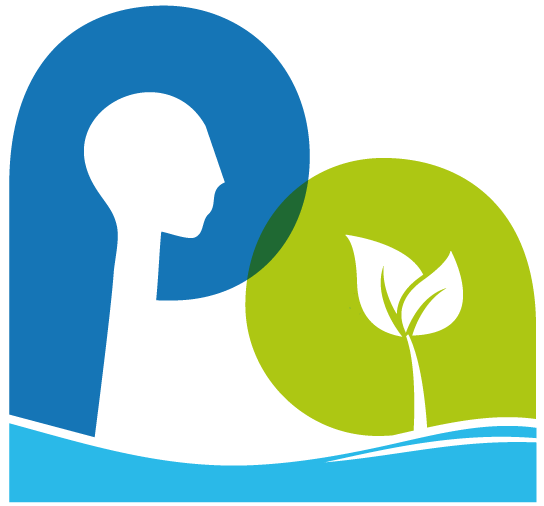The scenario guidelines that are presented here were developed during the Interreg IV A Channel VALMER project by Herry et al. and supplemented by the IPBES assessment of scenarios and models. Scenarios can be built either as a stand-alone participatory assessment process, or to feed into model development. They can also be used in parallel with model development.
For participatory scenario building, stakeholders can be involved in building the pathway to possible outcomes or in developing « scenarios ». Scenario building is an effective engagement tool that is best developed in workshops with stakeholders.
The method is simple: it invites the ‘audience’ to react to a plausible set of future events, or to construct these events themselves, and then to test them against a series of criteria.
The criteria may be, for example, the degree of realism, the effectiveness of achieving an outcome or the consideration of all factors. The audience may wish to introduce their own criteria as they develop their scenario. The initial hypothetical scenario can then be translated into a scenario that represents a situation that can be achieved in reality by putting in place a series of policy decisions or actions. In this way, it is possible to make the scenario process results-oriented, which is an important driver for any participatory activity.
Scenario building can be a very flexible and adaptive process, in that it can be used to develop new ideas from a very basic starting point or to take up and improve existing ideas. It is an effective way of moving from a theoretical framework to policy development.
We present here what we mean by “scenario”, a typology of scenarios and tools for scenario building.



